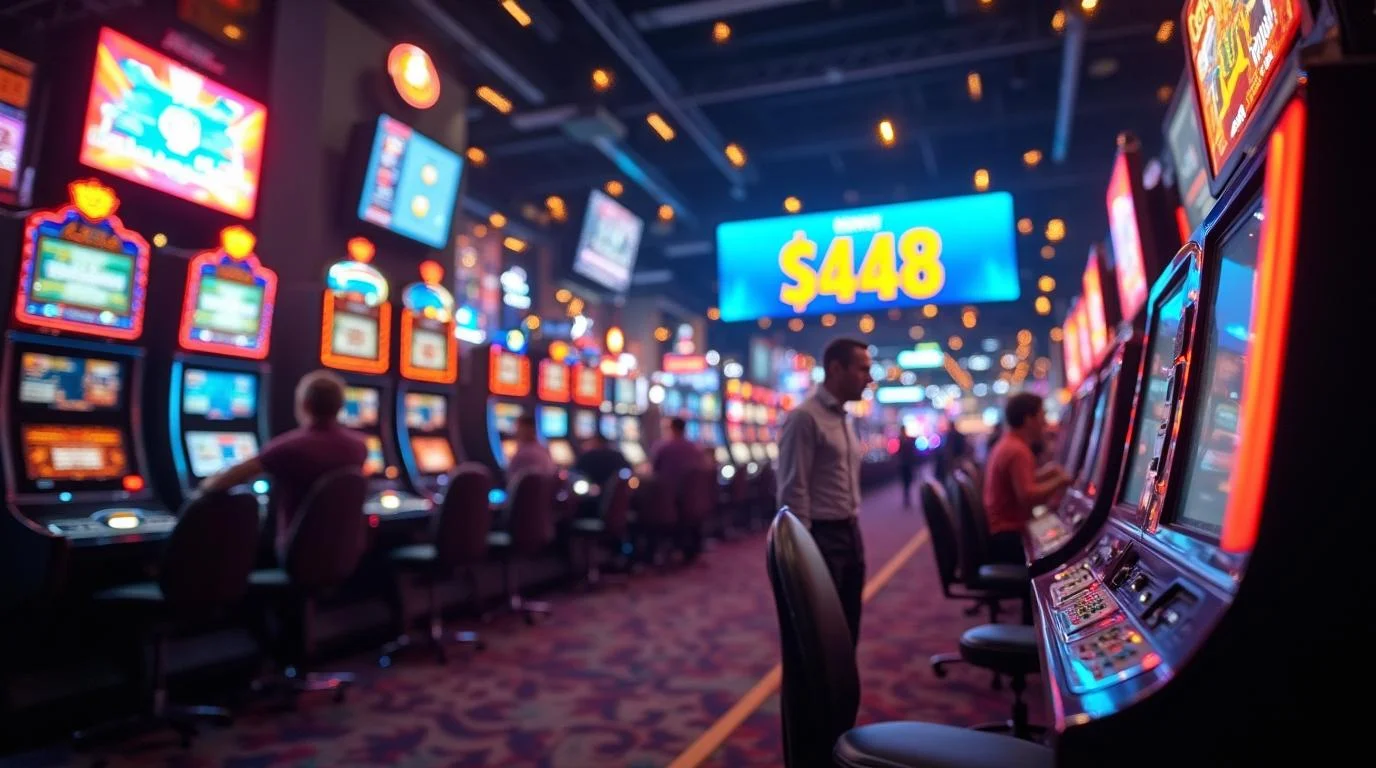Surge in Casino Workers in Pennsylvania Reflect Better Economy but Diversity Still at a Standstill

1.0
Default
As Pennsylvania hires new workers, the diversity issue still stands. Men make up the majority of those employed by Pennsylvania casinos, and Caucasians also held the most jobs at 59%. Meanwhile, the number of Blacks and Asians hired remained stagnant at 16 and 12%, respectively. The only ones whose numbers increased were Hispanics, from 1% to 9%.
Over the past year, Pennsylvania casinos have increased their workforce, with men filling the majority of new roles. Despite this economic growth, diversity within the state's gaming sector remains largely unchanged. On Monday, the Pennsylvania Gaming Control Board released the 17th Annual Diversity Report, showing the strides - and shortcomings - of the state's casinos in their efforts to implement diversity plans.
Employment growth amidst fierce talent competition
As of June 30, 2024, Pennsylvania's 17 land-based casinos employed a total of 15,857 people. This marks a 2.5% year-over-year increase, with 396 jobs added over the past year. According to the PGCB, this growth comes in response to intensified competition for talent within the gaming industry.
"Pennsylvania's casinos continue to offer competitive compensation packages and growth opportunities to attract exceptional talent," said Mozelle Daniels, the Pennsylvania Gaming Control Board's director of diversity. "As competition for talent has intensified, the casinos have developed and implemented strategies to recruit, hire, and retain employees."
The PGCB oversees casino gambling, iGaming, sports betting, fantasy sports, and video lottery terminals. Pennsylvania's gaming industry has thrived in recent years, with revenues hitting a record $5.89 billion during the 2023 to 2024 fiscal year, representing a 6.8% increase from the previous year's all-time high. These figures place Pennsylvania as the third-largest gaming market in the United States, trailing only behind Nevada and New Jersey.
A male-dominated workforce
While overall employment increased, men accounted for the bulk of the new jobs. Male employees grew by 367 positions, bringing the total number of men employed in Pennsylvania casinos to 9,246, or 58.3% of the workforce. This makes a slight increase from the previous year, where men represented 57.4% of the casino labor market.
In contrast, female employment saw a minimal rise of 24 positions, bringing the total number of women employed in casinos to 6,591. Twenty employees did not identify as female or male, reflecting a small but growing acknowledgment of non-binary gender identities within the workforce.
Casino executive and managerial positions were led by men even more, with 63% of these roles held by males. The report also revealed that only one in four employees in executive roles identified as minorities.
Lack of racial diversity progress
The PGCB's Diversity Report revealed that racial diversity in casino hiring remains stagnant. Caucasians continued to hold the majority of positions, accounting for 59% of the workforce, the same percentage reported in the previous year's Diversity Report.
The percentage of Black employees remained at 16%, while Asians held steady at 12%. Workers classified as 'Other' made up 5% of the workforce, also unchanged from the previous year. The only demographic to see a slight gain was Hispanics, who increased by 1% to 9% of the total casino workforce.
Despite these figures, Pennsylvania casinos located in urban areas such as Philadelphia and Pittsburgh reported higher rates of minority inclusion compared to their rural counterparts.
Urban casinos lead in minority inclusion
The report highlights that casinos in the state's major cities are more successful in employing a diverse workforce. For example, in Philadelphia, Harrah's Philadelphia Casino, located in Chester, reported that 40% of its employees identified as Black, surpassing the percentage of white employees, which stood at 39%. This made Harrah's Philadelphia the only casino in PA where Black employees form the majority of the workforce.
Other casinos in Philadelphia also demonstrated strong diversity figures. Rivers Casino Philadelphia reported that 35% of its employees were Black, while Live! Casino Philadelphia indicated that three in 10 workers identified as African American. In the suburbs, Valley Forge Casino Resort revealed that 31% of its staff were Black.
In Pittsburgh, Rivers Casino reported that 24% of its workforce were Black, well above the statewide average of 16%.
Rural casinos struggle with diversity
Conversely, casinos located in more rural regions of Pennsylvania, such as the Hollywood Casino at Penn National Race Course and Mohegan Pennsylvania in the Poconos, were overwhelmingly white. At Hollywood Casino, nearly eight in 10 employees identified as Caucasian, a stark contrast to the more diverse urban casino workforces.
While Pennsylvania's casino industry continues to expand and offer new opportunities, the lack of progress in workforce diversity demonstrates ongoing challenges. The PGCB's report shows the need for continued efforts to implement meaningful diversity initiatives that extend beyond urban areas and into the more rural parts of the state.

























